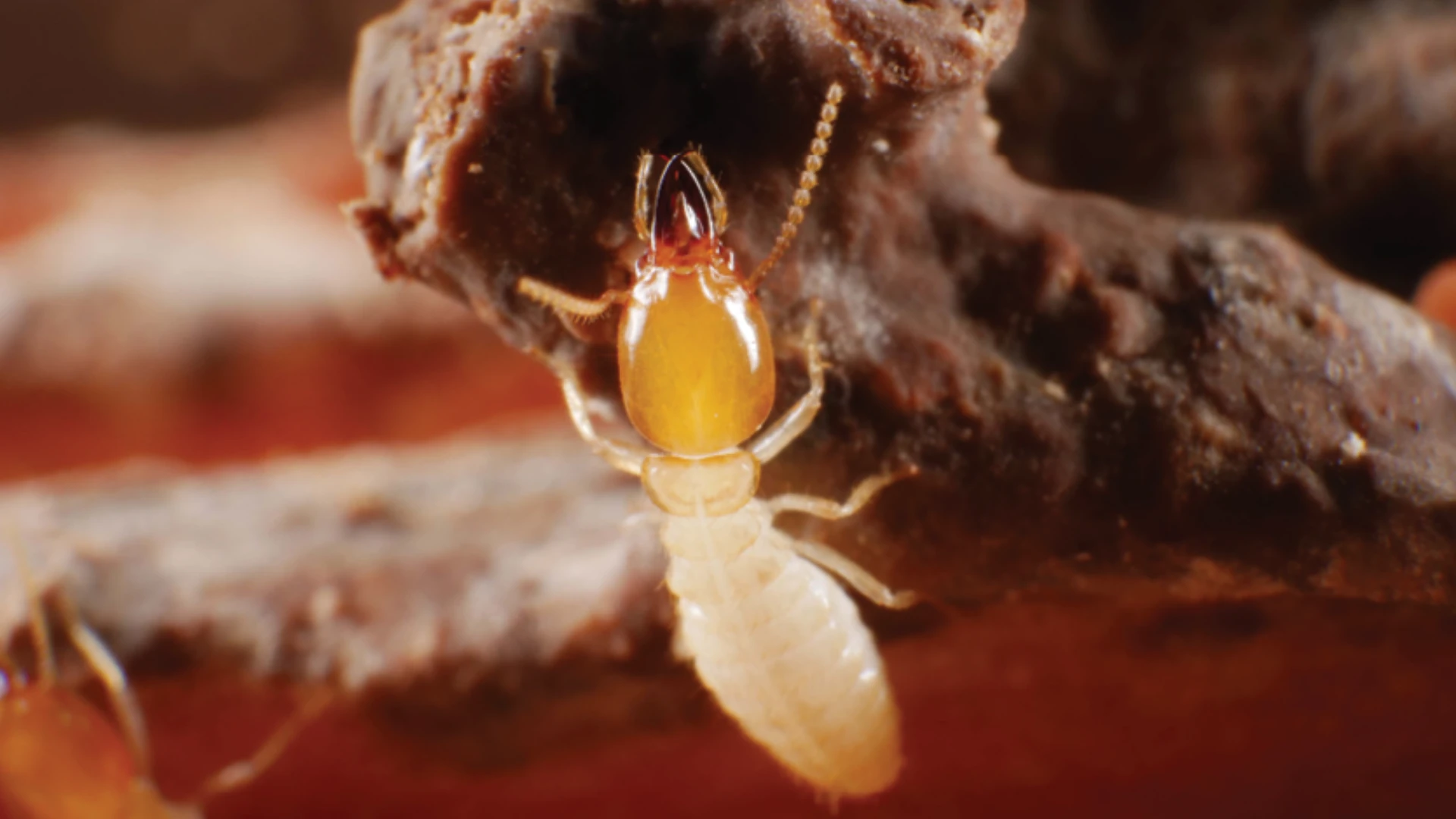
MONO COUNTY, Calif. – Mono County Public Health (Calif.) has confirmed a third death due to hantavirus in the town of Mammoth Lakes. The victim, a young adult, is the latest to succumb to hantavirus pulmonary syndrome (HPS), a serious and often fatal illness transmitted through exposure to the urine, droppings, or saliva of infected deer mice. Deer mice are widespread throughout the Eastern Sierra region.
In a press release, Dr. Tom Boo, the county’s public health officer, expressed concern over the rising number of cases, emphasizing the unusual occurrence of multiple deaths in such a short time frame, particularly so early in the year. "A third case of hantavirus pulmonary syndrome, each of which has been fatal, is tragic and alarming," Boo said. "We don’t have a clear sense of where this young adult may have contracted the virus. The home had no evidence of mouse activity, and while we observed some mice in the workplace, this is not unusual for indoor spaces during this time of year in Mammoth Lakes."
Although public health officials had been aware of the case for some weeks, it took time to confirm the diagnosis. With this new death, the total number of hantavirus fatalities in Mono County now stands at three for 2025. Historically, the county sees hantavirus cases later in the spring and summer months, making this early spike in cases particularly concerning.
Boo noted that there has been a noticeable increase in the deer mouse population in the area this year, raising the risk of Hantavirus exposure. "We believe that deer mouse numbers are high this year in Mammoth and likely elsewhere in the Eastern Sierra. An increase in indoor mice elevates the risk of exposure," he said,
According to Boo, the victims in these cases did not engage in high-risk activities typically associated with hantavirus exposure, such as cleaning areas with significant mouse waste. Instead, he suggested that the individuals may have been exposed through normal daily activities, either at home or work. "Many of us encounter deer mice in our daily lives, and there is some risk. We should pay attention to the presence of mice and be careful around their waste," he said.
An investigation into each of the recent cases is ongoing, with public health officials working to identify possible sources of exposure. All three victims lived and worked in Mammoth Lakes, with illnesses beginning in February. One individual had numerous mice in their home, while no evidence of mice was found in the homes of the other two victims. In all three cases, there was some evidence of mice in the victims' workplaces, though none showed major infestations. Investigators did find that one individual had vacuumed an area where mouse droppings were later discovered. Vacuuming in such areas can aerosolize the virus, increasing the risk of transmission.
Since the first reported case of Hantavirus in Mono County in 1993, the county has seen the most hantavirus infections in the state, with a total of 27 cases. Of these, 21 affected county residents, while six were visitors who contracted the virus while in Mono County.
Source: Mono County Health
Latest from Pest Control Technology
- How Did This Pest Get Its Name?
- Rose Pest Solutions Honors Top Performers with Annual Chief’s Club Awards
- Doug Foster on Termite Control Equipment, Resources
- Pest Control Consultants Acquires EcoGuard Pest Control
- Pest Index Increased 9 Percent YOY in February
- PPMA Releases 2024 Annual Report Themed 'Leveling Up Awareness, Growth and Impact'
- Good News Pest Control Acquires Walsh Pest Control
- Aruza Pest Control Appoints Justin Bellet as Chief Operating Officer







